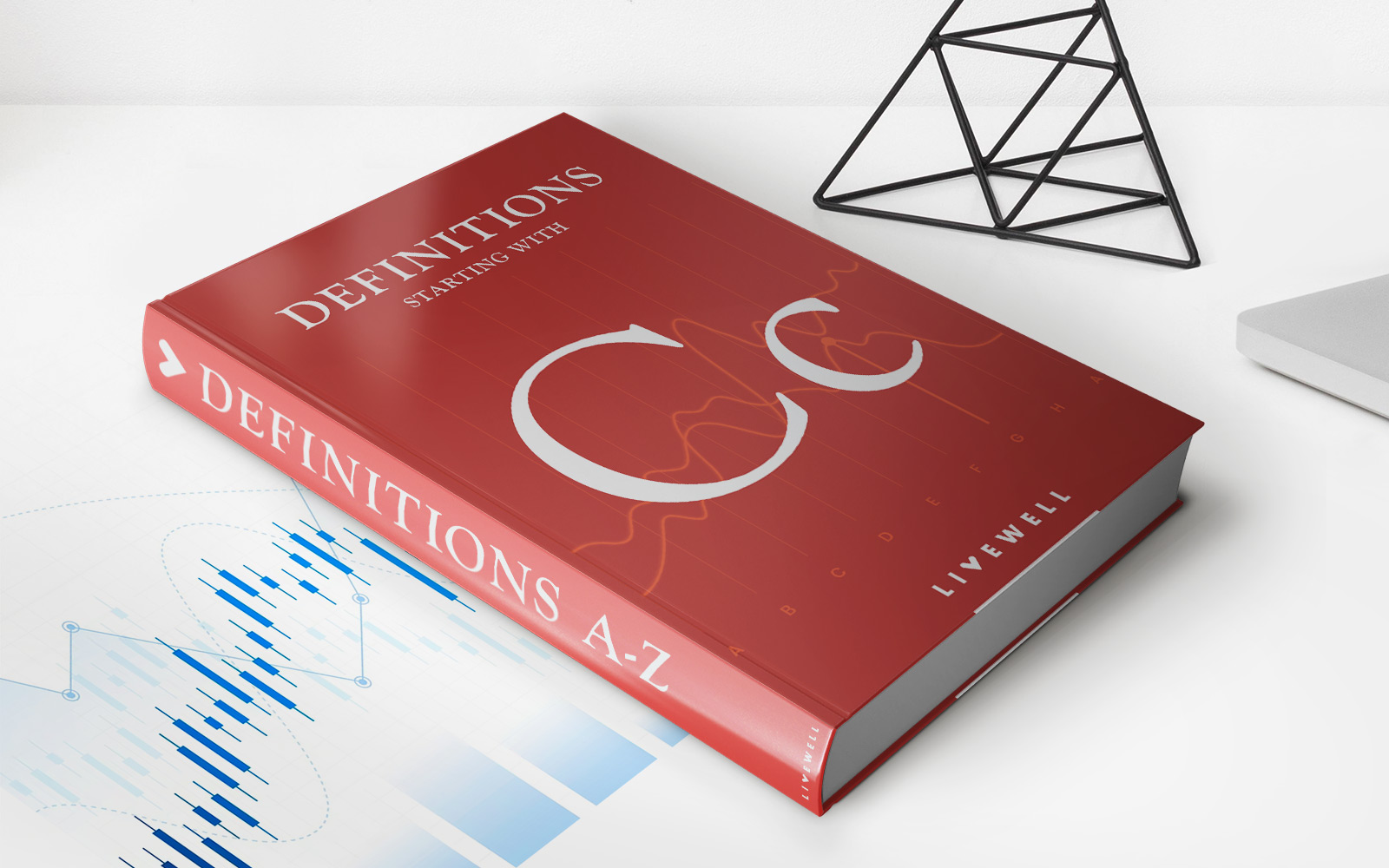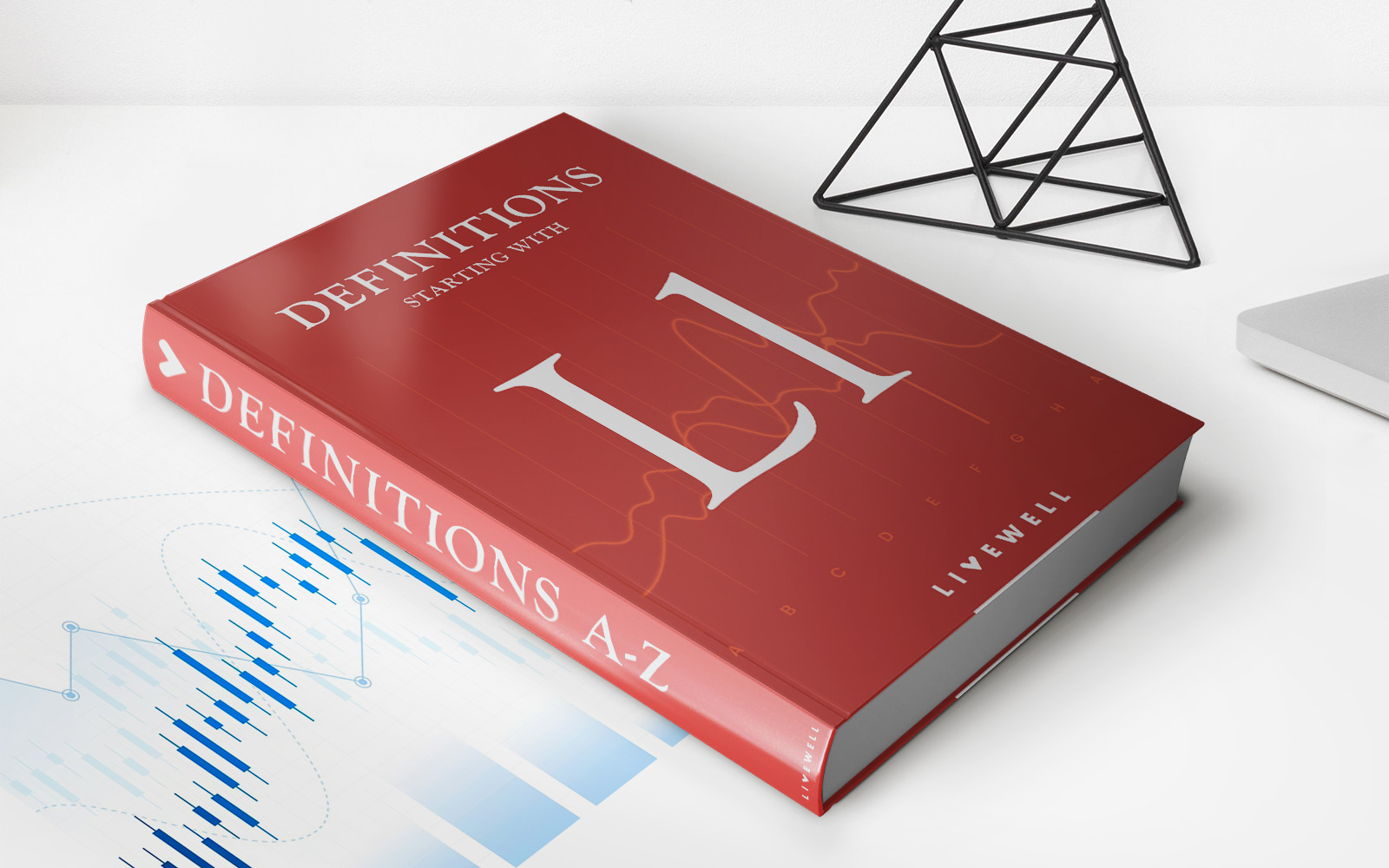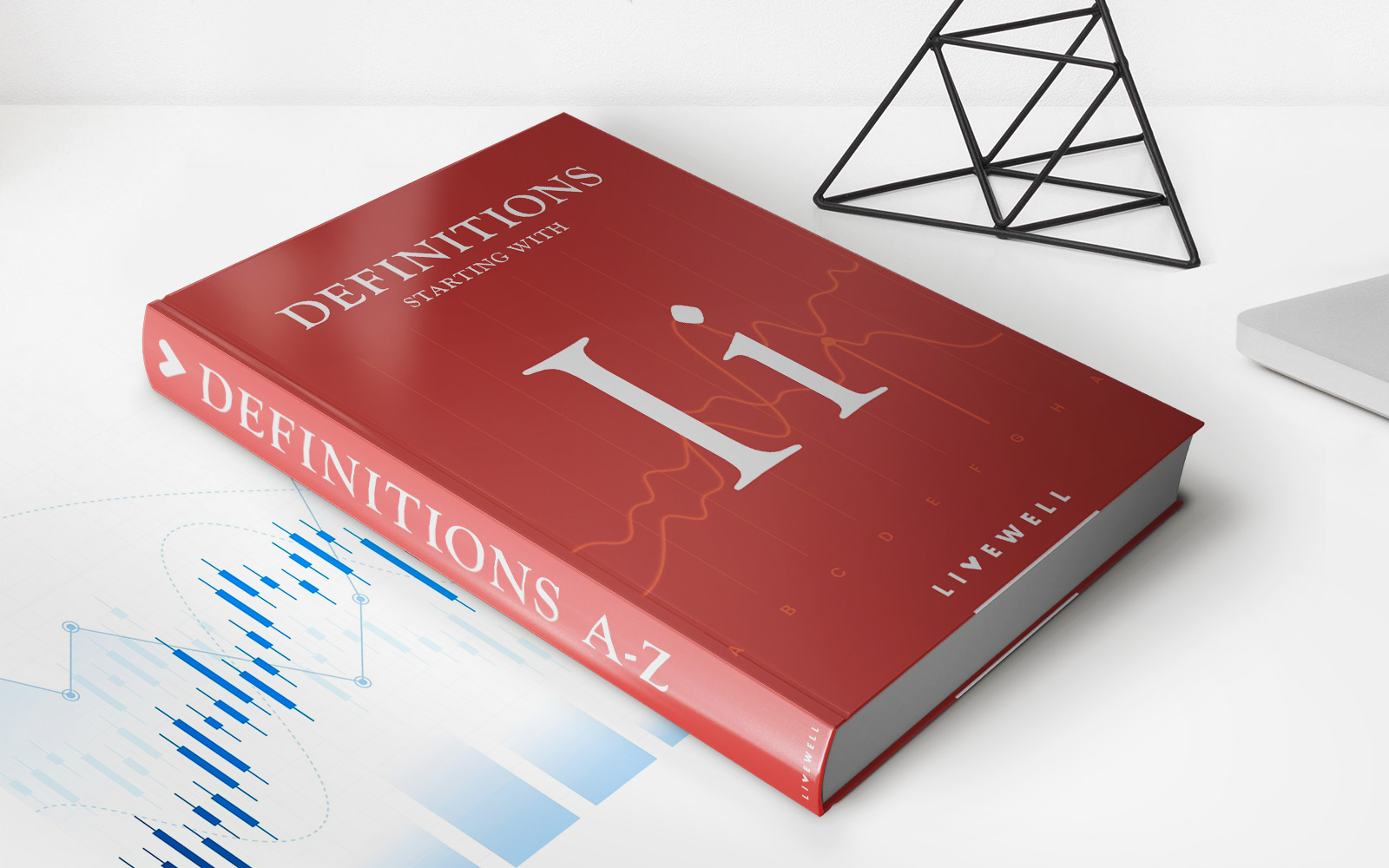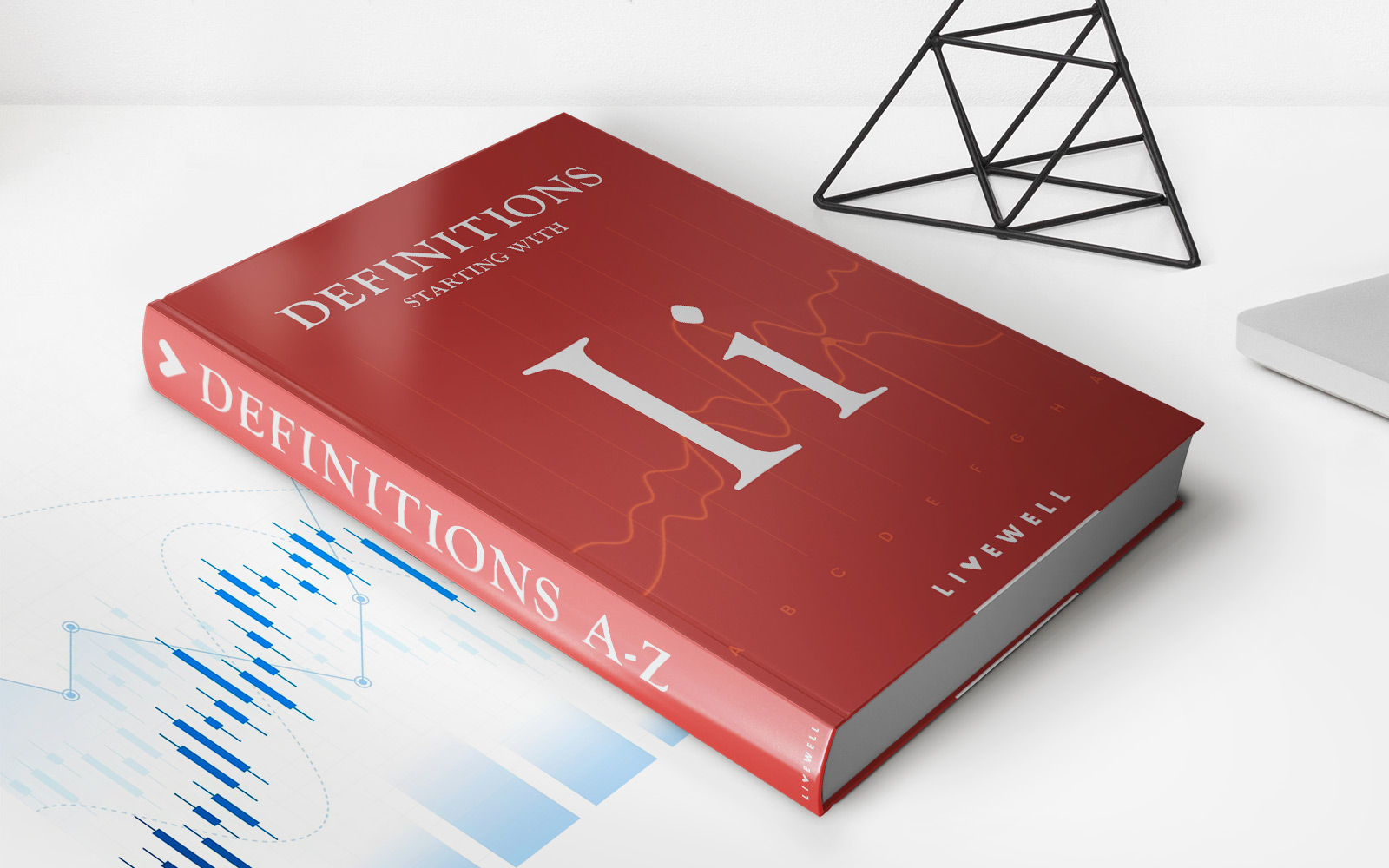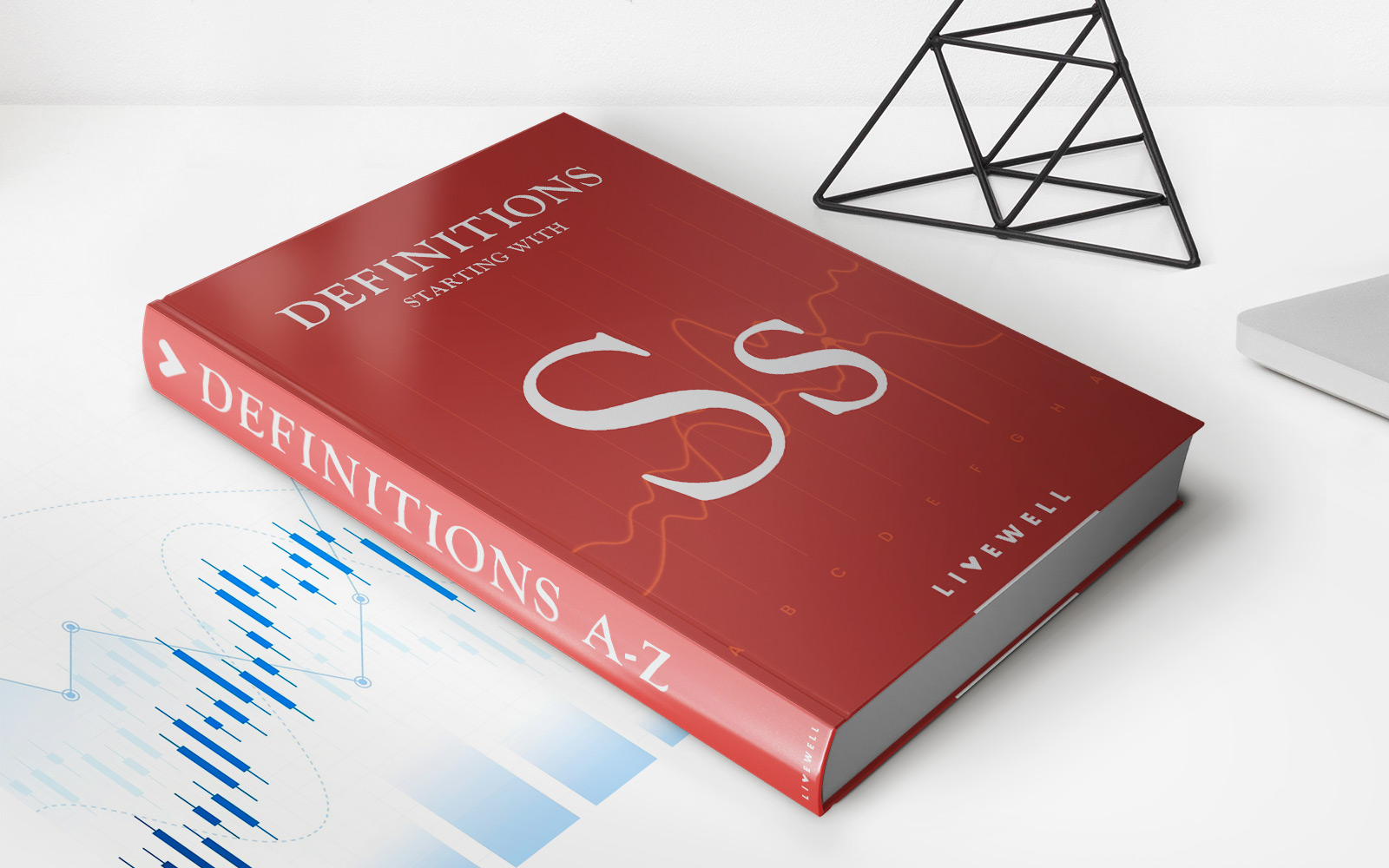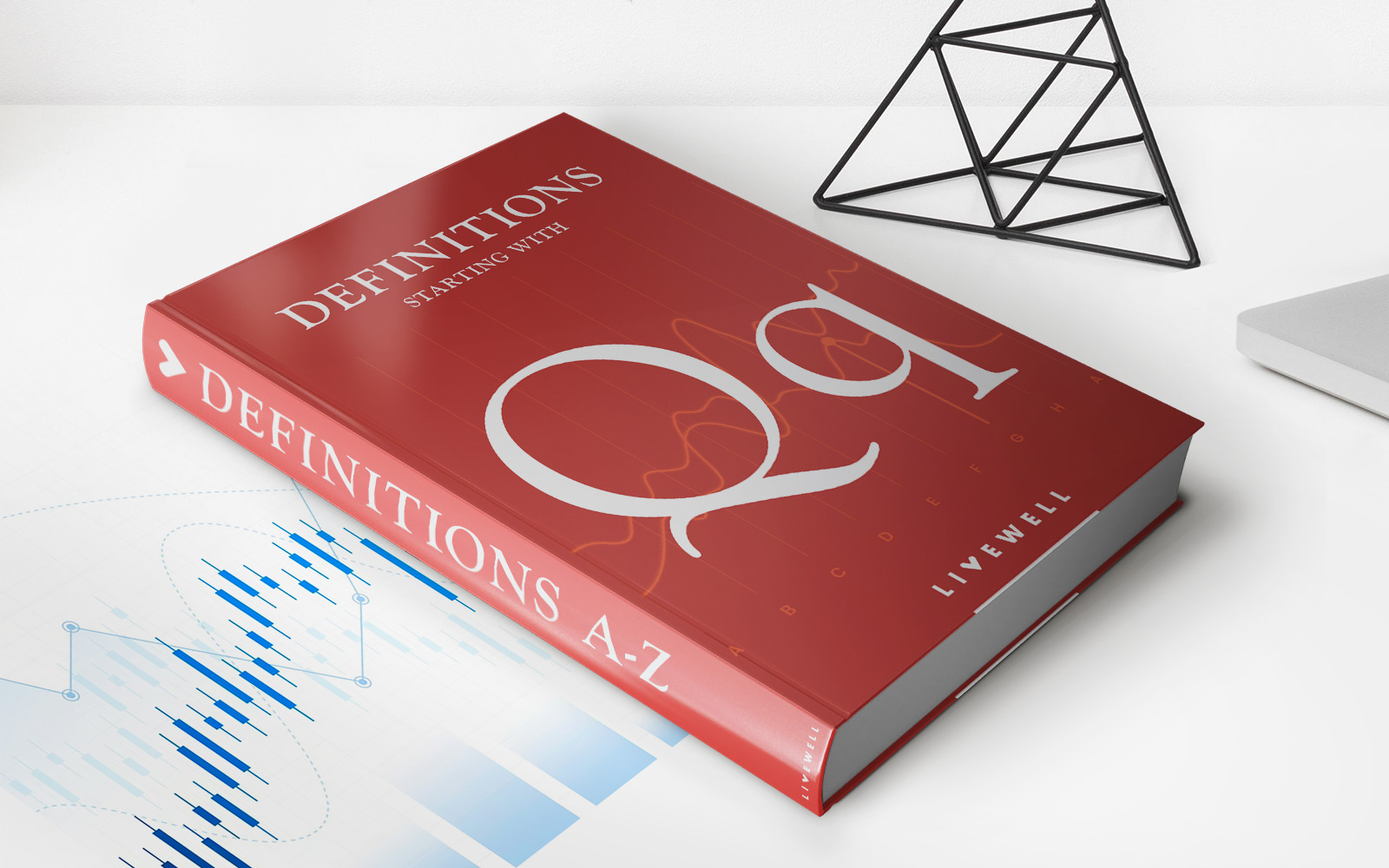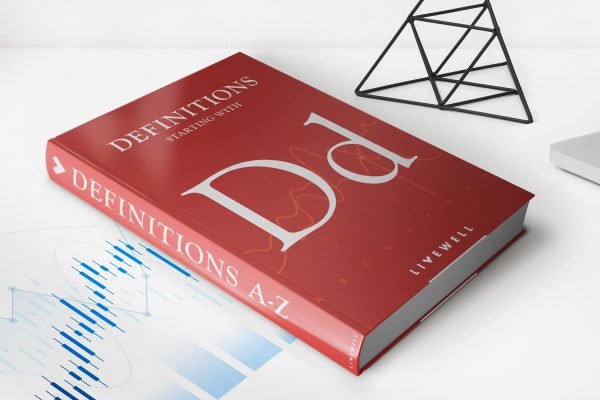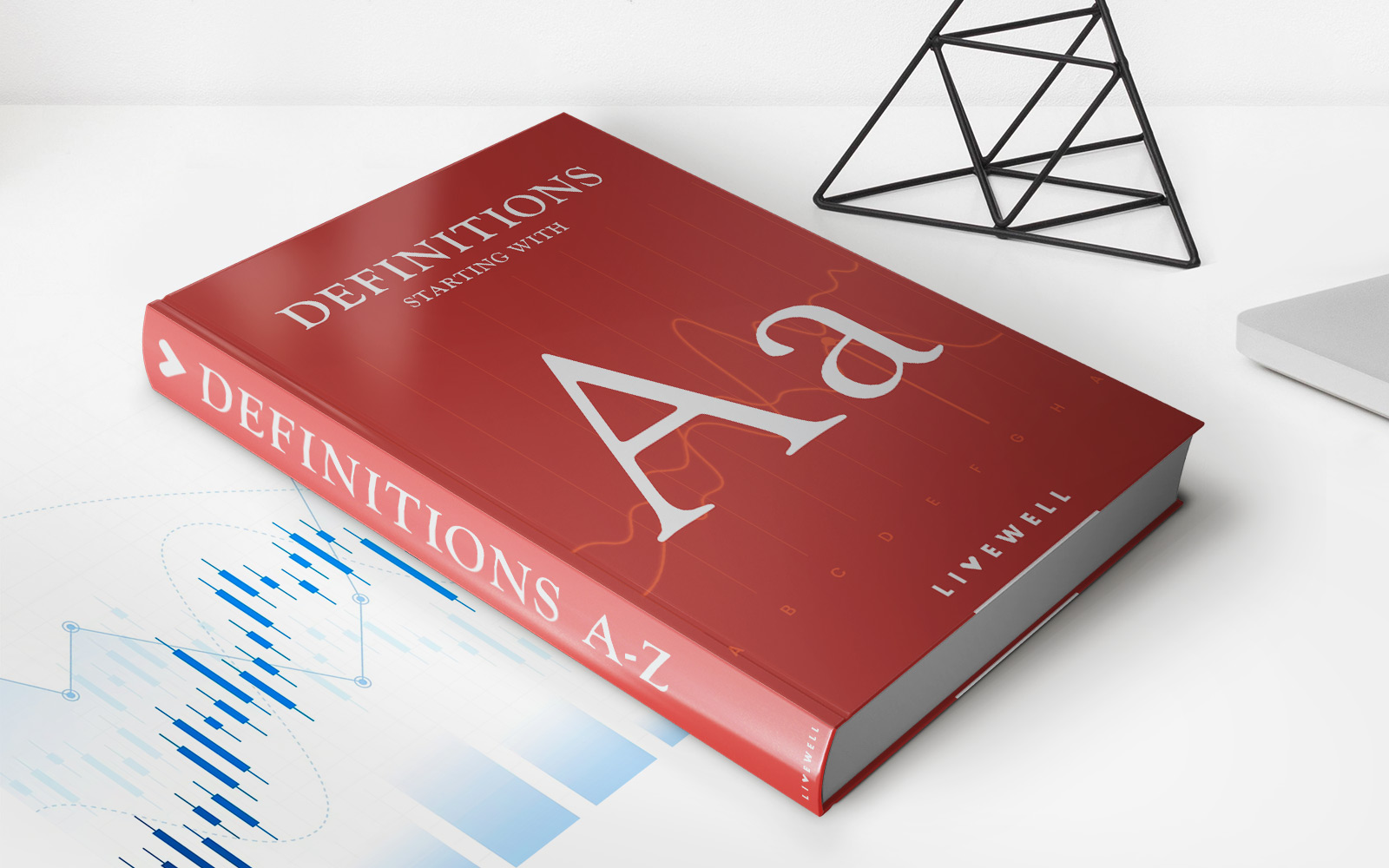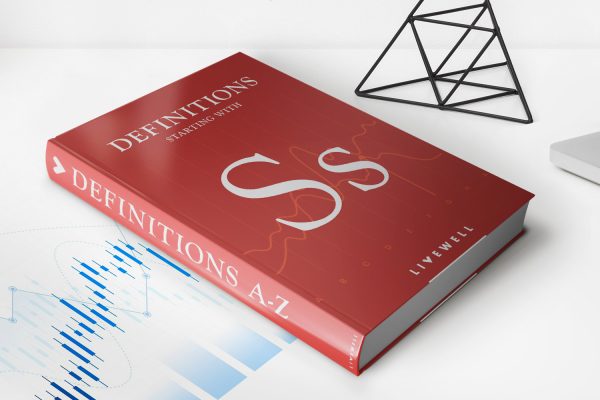

Finance
Rollercoaster Swap Definition
Published: January 22, 2024
Discover the definition of Rollercoaster Swap in the world of finance and how it can impact your investment strategy. Explore the potential risks and rewards of this volatile trading method.
(Many of the links in this article redirect to a specific reviewed product. Your purchase of these products through affiliate links helps to generate commission for LiveWell, at no extra cost. Learn more)
Understanding the Rollercoaster Swap: A Wild Ride in Finance
Welcome to our “Finance” category, where we delve into exciting topics that can help you navigate the twists and turns of the financial landscape. In this post, we will be exploring the thrilling concept of the Rollercoaster Swap! Strap in as we take you on a wild ride through this fascinating financial instrument.
What is a Rollercoaster Swap?
A Rollercoaster Swap is a derivative financial contract that allows two parties to exchange risks based on the performance of an underlying asset, such as a stock or a commodity. Just like a rollercoaster ride, this swap can be both unpredictable and potentially exhilarating for those involved. It is commonly used as a hedging tool to manage risk and protect against adverse market movements.
Key Takeaways:
- Rollercoaster Swaps enable parties to exchange risks based on the performance of an underlying asset.
- They are commonly used as a hedging tool to manage risk and protect against adverse market movements.
How Does a Rollercoaster Swap Work?
In a Rollercoaster Swap, the two parties (often referred to as the “long” party and the “short” party) agree to exchange payments based on the performance of the underlying asset. The payments exchanged are linked to predetermined trigger levels, which are set at different points along the ride.
When the value of the asset reaches or crosses one of the trigger levels, a payment is made from one party to the other. The amount of the payment depends on the contract terms and the degree of movement in the asset’s value. This movement can go both ways, leading to potential gains or losses for each party.
The Thrills and Risks:
Similar to a rollercoaster ride, the Rollercoaster Swap brings excitement and challenges to the participants. Here are some ups and downs associated with this financial instrument:
- Ride the Upside: If the asset’s value goes up and reaches certain trigger levels, the long party can receive payments, potentially profiting from the investment.
- Surviving the Dips: On the downside, if the asset’s value decreases and reaches specific trigger levels, the short party may need to make payments, potentially incurring losses.
- Predictability Challenges: Rollercoaster Swaps are known for their unpredictability, as the value of the underlying asset can swing wildly. This volatility can make it challenging to accurately forecast payments and outcomes.
- Complexity and Expertise: Due to their complexity, understanding and properly structuring a Rollercoaster Swap requires specialized knowledge and expertise. Seeking advice from financial professionals is essential.
Conclusion:
The Rollercoaster Swap is a fascinating financial instrument that allows parties to exchange risks based on the performance of an underlying asset. However, it is important to approach it cautiously, given its unpredictability and the expertise required to navigate its intricacies.
We hope this post has shed light on the exhilarating concept of the Rollercoaster Swap. Ride the waves of your financial journey wisely and consider seeking professional guidance when considering such derivative contracts. Stay tuned for more exciting topics in our “Finance” category!


